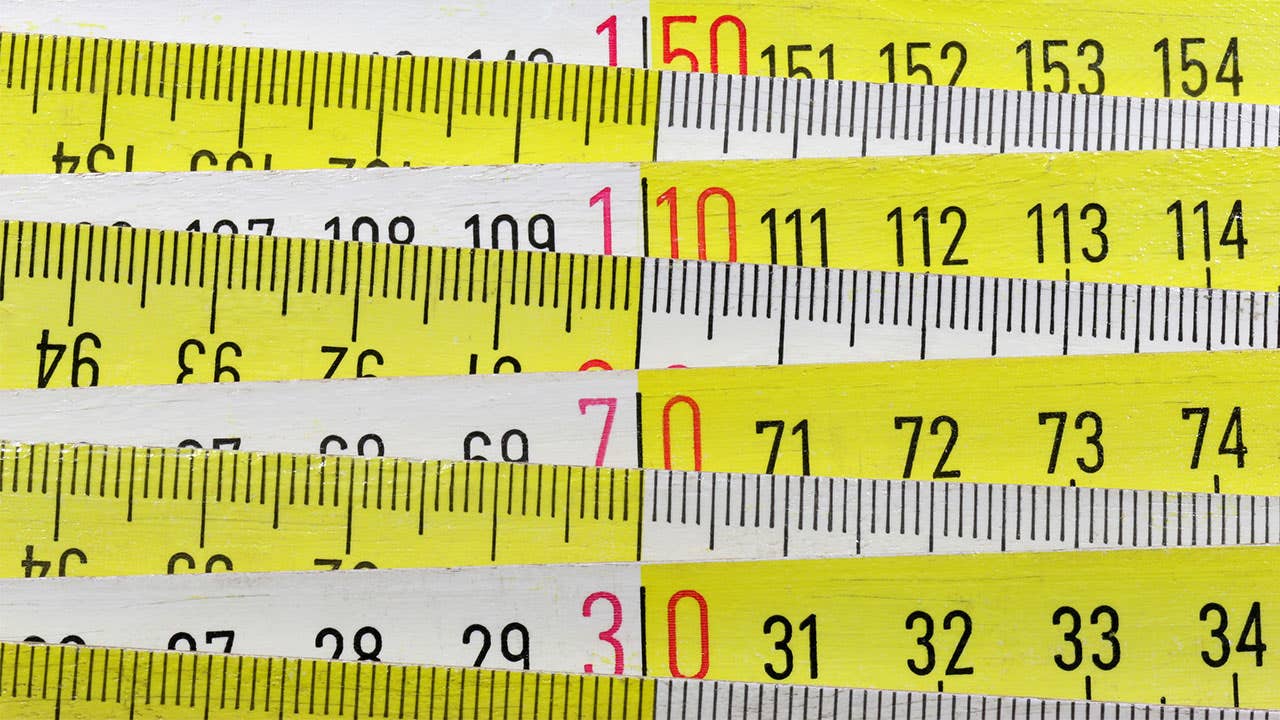2016 tax bracket rates

The Bankrate promise
At Bankrate we strive to help you make smarter financial decisions. While we adhere to strict , this post may contain references to products from our partners. Here's an explanation for .
Taxpayers fall into one of seven 2016 tax brackets, depending on their taxable income: 10%, 15%, 25%, 28%, 33%, 35% or 39.6%. Because the U.S. tax system is a progressive one, as income rises, increasingly higher taxes are imposed. But those in the highest tax bracket don’t pay the highest rate on all their income. For example, in the 2016 tax year, single individuals pay 39.6% only on income above $415,050 (above $466,950 for married filing jointly); the lower tax rates are levied at the income brackets below that amount, as shown in the table below.
The table displays 2016 tax brackets according to filing status: single, married filing jointly or qualifying widower, head of household and married filing separately. The IRS makes inflation adjustments each year.
| Tax rate | Single | Head of household |
|---|---|---|
| 10% | $0 to $9,275 | $0 to $13,250 |
| 15% | $9,276 to $37,650 | $13,251 to $50,400 |
| 25% | $37,651 to $91,150 | $50,401 to $130,150 |
| 28% | $91,151 to $190,150 | $130,151 to $210,800 |
| 33% | $190,151 to $413,350 | $210,801 to $413,350 |
| 35% | $413,351 to $415,050 | $413,351 to $441,000 |
| 39.6% | $415,051 or more | $441,001 or more |
| Tax rate | Married filing jointly or qualifying widow | Married filing separately |
| 10% | $0 to $18,550 | $0 to $9,275 |
| 15% | $18,551 to $75,300 | $9,276 to $37,650 |
| 25% | $75,301 to $151,900 | $37,651 to $75,950 |
| 28% | $151,901 to $231,450 | $75,951 to $115,725 |
| 33% | $231,451 to $413,350 | $115,726 to $206,675 |
| 35% | $413,351 to $466,950 | $206,676 to $233,475 |
| 39.6% | $466,951 or more | $233,476 or more |
Related Articles


